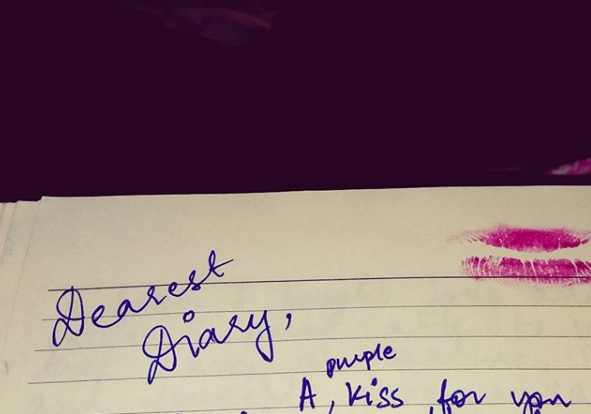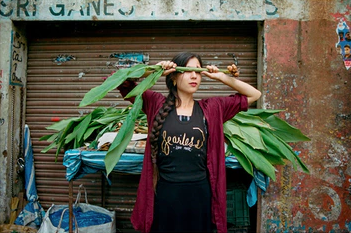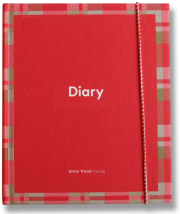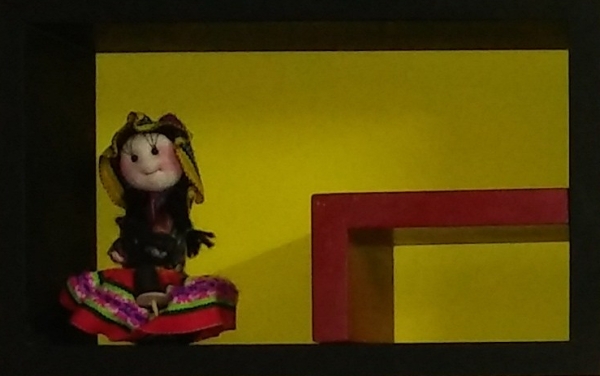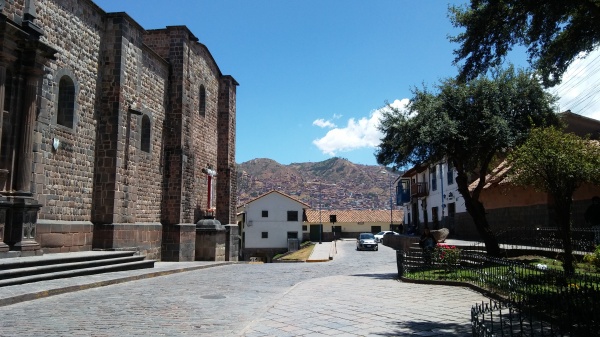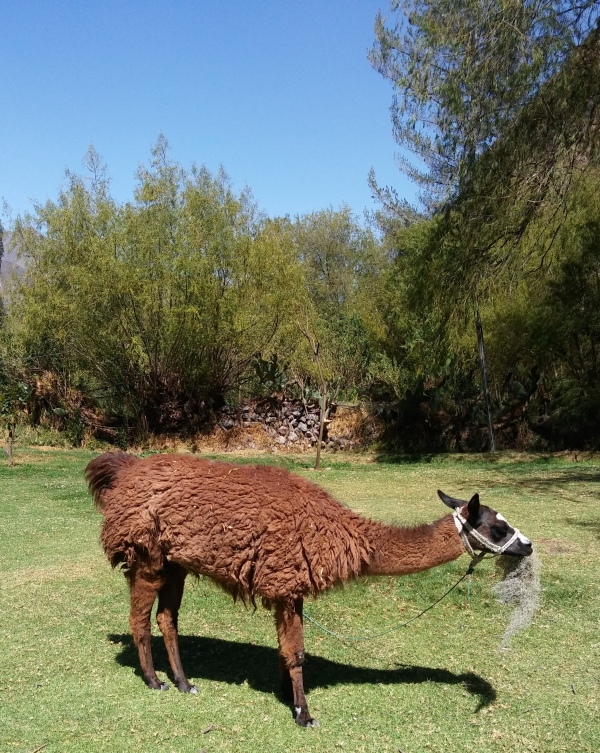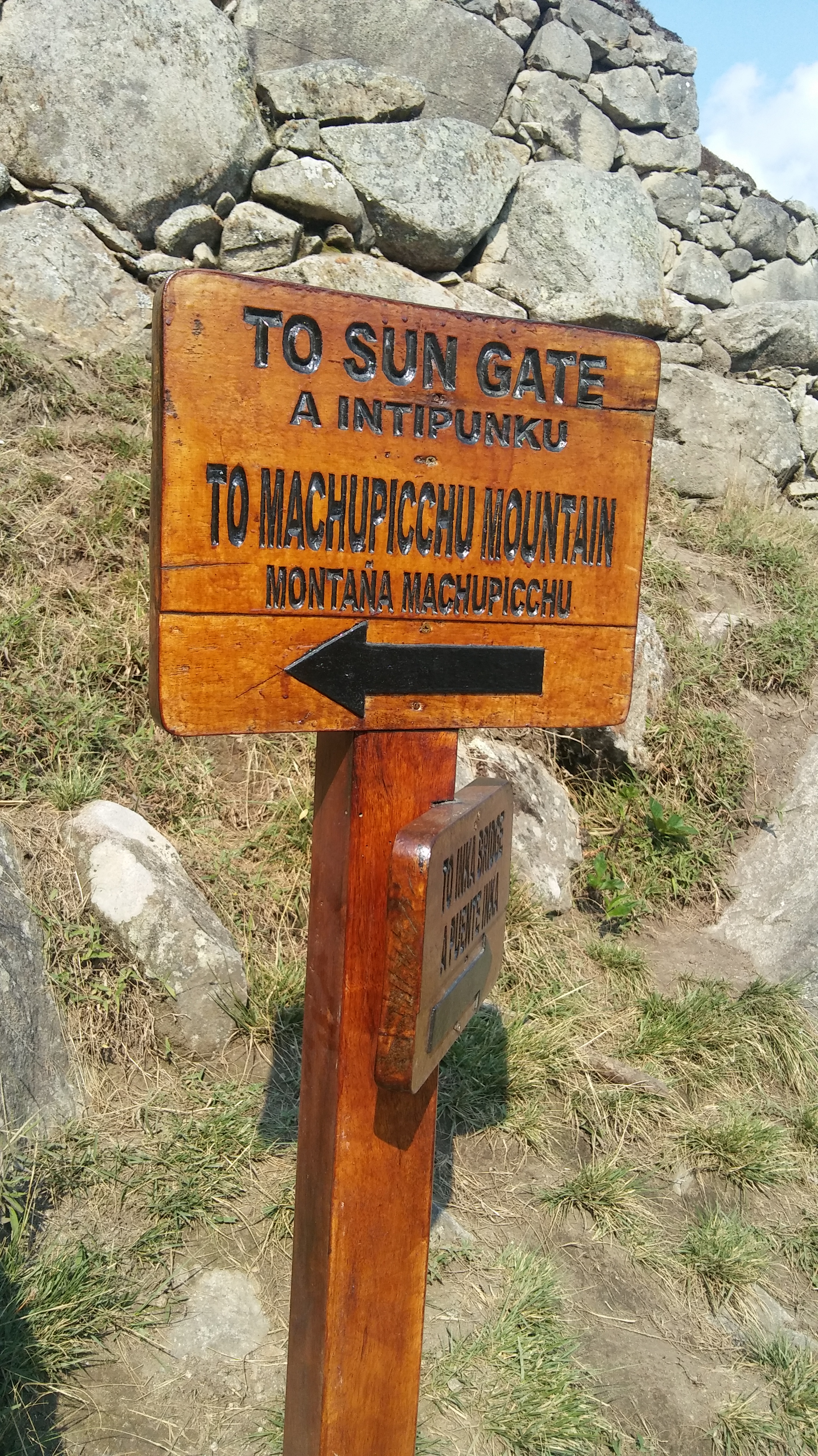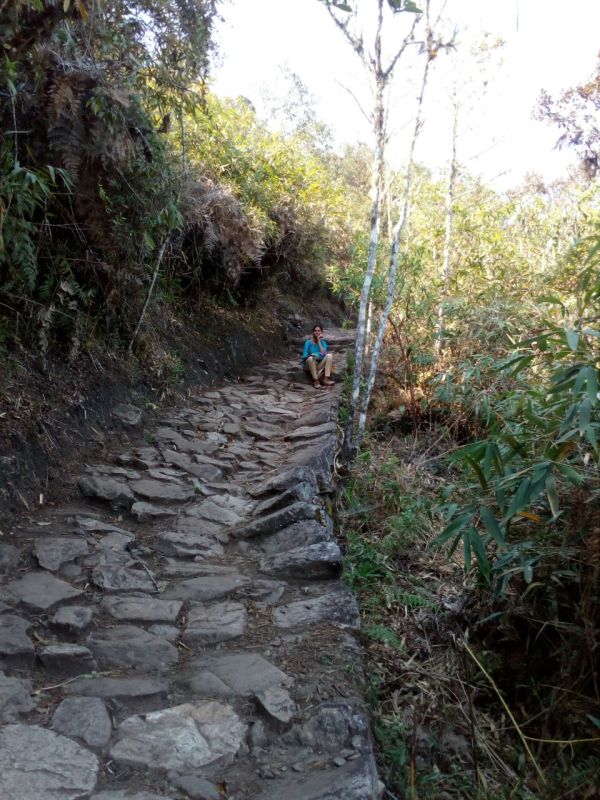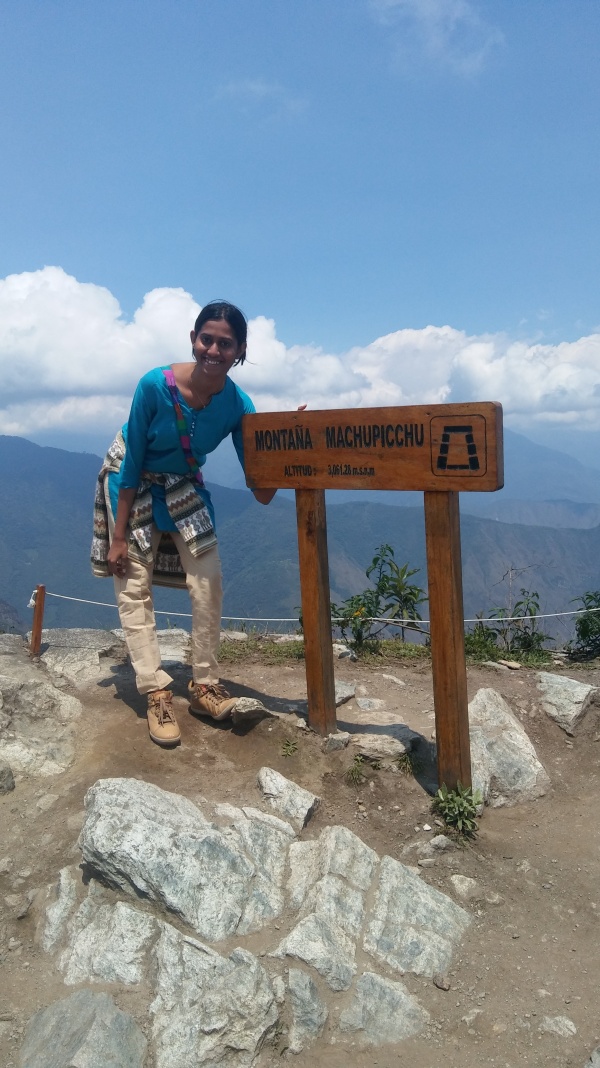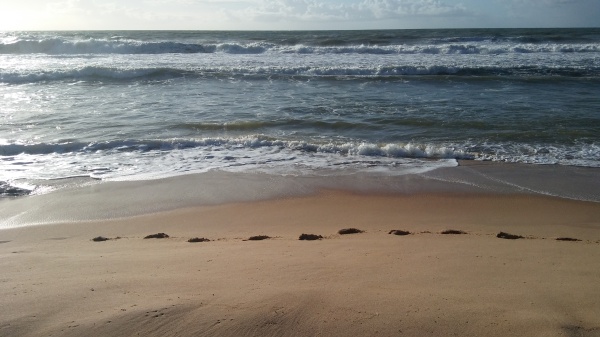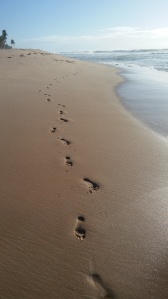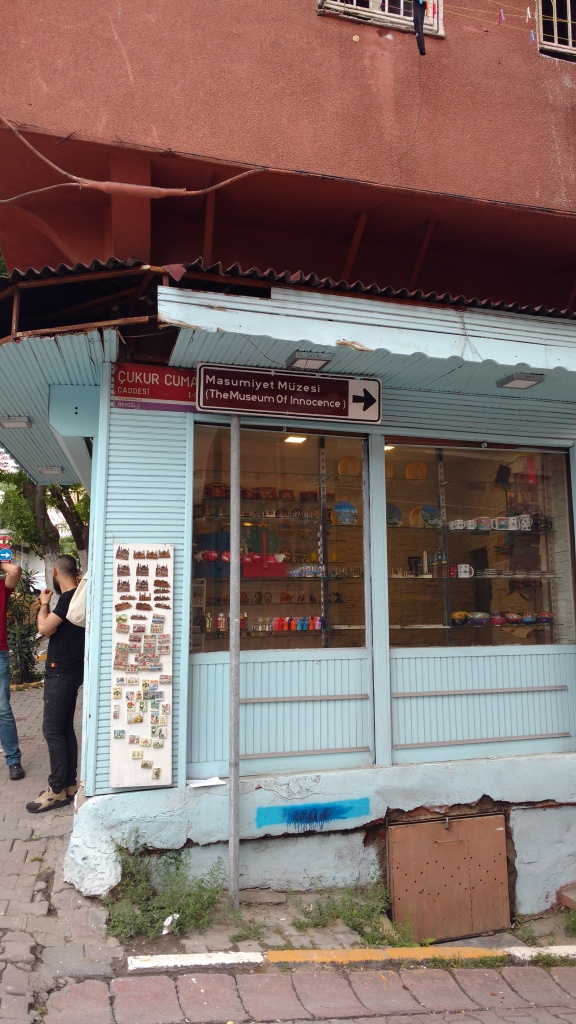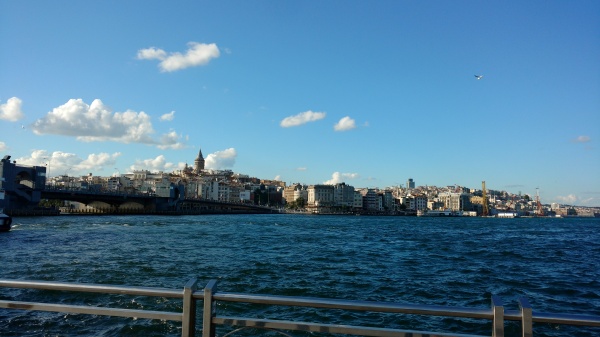I check my pocket for mint and calm my self down by browsing through the pages of the latest novel I am reading: The Forest of Enchantments, a retelling of the Indian epic Ramayana, from the female protagonist’s perspective. I triple check my fanny pack to see if I still have my passport there. I take a few deep breaths before my turn comes to get the boarding pass. As the guy at the counter does his thing, I mentally calculate the number of kilometres this journey is going to be. I make a rough estimate in my head knowing it is wrong and patiently wait to receive 3 boarding passes–that’s how long the journey is going to be. The counter guy gives me an empathetic look, probably sensing my travel anxieties and assuring me that my baggage, indeed, will travel that far with me and not get dropped into the ocean on the way. With a half smile, I move along and Google the kilometres count. The distance between Bangalore (India) and Suva (Fiji) is 11581 km (or 7196 miles), it screams. I take more deep breaths.
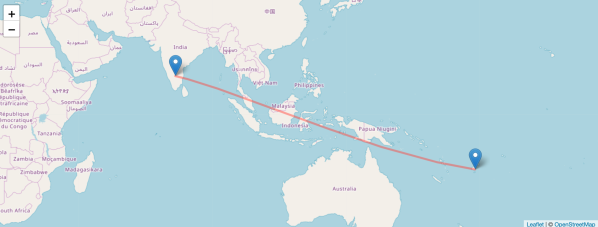
From Bangalore to Suva on the world map
With that gigantic number clouding my head, I begin my marathon journey. I keep my essentials handy–my journal, my diary, my jacket and my chocolates to make sure I don’t run out of energy and stamina. Technically it is a 23-hour journey in total but who knows coz we’ve been flying since forever. There’s a look of exhaustion in every single passenger’s face. I am wondering if they are missing their homes already, or perhaps that is where they are headed. Hard to tell, especially as a lot of Fijians look like Indians. I later learn that they are Indo-Fijians–counting for approximately 40% of the country’s population. It is the first time ever in the history of my international travel that people have mistaken me to be from a country that is not India. I feel a strange sense of pride and (un)belonging, unsure of whether to celebrate or be appalled about this.
After what seemed like a trip to the space, my flight journey finally ends and I breathe in some Fijian air around me to remind myself of the foreign soil I am standing on. I am mostly exhausted after the travel but also silently excited at the prospect of meeting an old friend–someone I have never met physically but always known and connected with online. It’s the only thing giving me energy as I wait impatiently for my baggage to arrive silently praying that it wasn’t dropped into the ocean on the way. My beloved friend stands at the exit point and I am elated to finally meet her and exchange thoughts in the same time zone. What a privilege and rarity! We hug at that thought and exchange conversations throughout the journey back to her home, where she has invited me for breakfast and freshening up.
Imagine the pleasantness of my surprise when I am greeted with a ‘Salaam’ and offered roti, baigan ki sabzi and a variation of egg curry. Over 11,000 km away from home, I eat the food that is served at my home too with much delight and joy, and converse with my friend’s mother in a language I am very familiar with–Hindi, but with a different dialect and diction, aka Fijian Hindi. I try and pick up a few words and respond in the Hindi I have grown up knowing–the kind that is spoken in the Indian state of Bihar (now Jharkhand). I thank my friend’s family for their beautiful hospitality and play with Sirius aka Siri, the cat. In my mind, she is the alter ego of Suri, my first cat, as the feline and I talk about life, politics and afterlife. I bid goodbye to my friend’s family before heading to the hotel to rest for the next couple of hours and wash away all the flight smell off me.
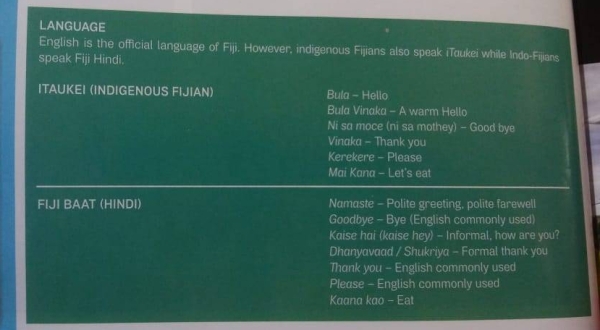
Learning the local language: some tips on key words in Itaukei and Fiji Baat, the two local languages in Fiji.
I am greeted by two more Fijian cats in the hotel. Not exactly greeted, perhaps ‘acknowledged’ would be the right word to use. Shebu and Tiger are the two felines who rule the guest house that will be my home for the next few days. It couldn’t have been more perfect for me, until I exchange pleasantries with the staff there who converse in Fijian Hindi with me. Again, I feel a strange sense of (un)belonging to hear a language I am familiar and yet so unfamiliar with. The staff is thrilled to know I have travelled all the way from India to be here. “Do you think Modi will win?,” they ask. I shake my head–partly because I am in disbelief at the Indian PM’s outreach in this faraway nation and partly as a response to the question.
My next days are spent in planning ahead–finding ways to utilising my 7 days in Fiji in the most effective way. I have a ton of things to do, but also want to be mindful of what my body wants and what my mind needs. I read about Suva city (the locals call it Suva shitty because of the constant rainy whether, which they claim isn’t a reality in other parts of the island nation), communicating in Fijian Hindi, Indo Fijians, indigenous Fijians and the local cuisine. I decide to lay low on my second day in the country, and the weather gods bless me with rainy showers. I soak it all in to prepare for my trip to Fiji Museum the next day. I am told it is literally the only place worth spending money in Suva and includes materials dating back 3700 years. Given the strong Indian connection with Fiji, I am convinced that I should be going there, despite not really being a fan of museums and history. (The only two memorable, blog-worthy museum visits for me have been The Museum of Innocence and The Anne Frank Museum.

The Fiji Museum, Suva
One visit to the museum and I realise I couldn’t have missed this or I would have regretted it. The history of how this island was discovered, conquered, colonised and released is more clear once you visit the museum. You understand that Fiji’s identity goes beyond the superficial of ‘island life’ and ‘beach fun’. It is a diverse culture with inhabitants from diverse ethnicities and religion. In particular, I am drawn to the history of Indian indentured labourers who were trapped in this island nation in the 19th Century. Brought to the “Feejee Islands” as ‘girmits‘ (part of an agreement of bonded labor, wherein each man (and some women) was required to declare that they were going voluntarily for a minimum period of five years’ labour in the colonies with pay of ₹8 (11¢ US) per month).
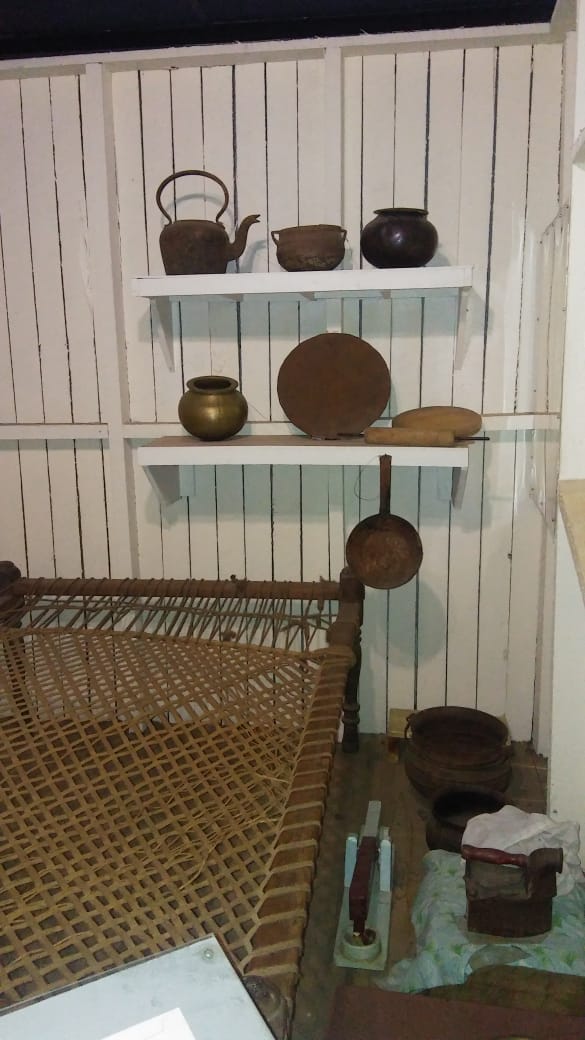
On display at the Fiji Museum: the first ever tawa, charpayi, roti-maker, pots and pans that came from India to Fiji in the 19th Century
Standing on Fijian soil, I read about the history of this migration–how particularly lower and middle caste Indians were hoarded in ships and brought to the Pacific–an unknown land, an unknown nation with no autonomy or independence. The museum displays the first ever tawa, charpayi, roti-maker, pots and pans that came from India to Fiji in these ships, an old benarasi saree that the bride got to wear at the first Hindu wedding that took place in Fiji, and books written by semi-educated labourers in Hindi, Bhojpuri and Hindustani about their life and struggles in the island nation. It explains the true historical meaning of what it means to be an Indo-Fijian and the how forced Indian immigrants in Fiji have fought hard to create an identity of their own and give their language–Fijian Hindi–a legitimate status. There’s more to Fiji than the Indo-Fijians of course. I learn about indigenous Fijians, tabua (sperm whale tooth) and its cultural significance, the shipwrecks and mariners of the 19th and 20th century, flora and fauna of the country and so much more. I even got greeted by two local visitors asking me about India and whether it is worth traveling all the way there. Well, it’s certainly worth traveling all the way here, I say, with a wink.
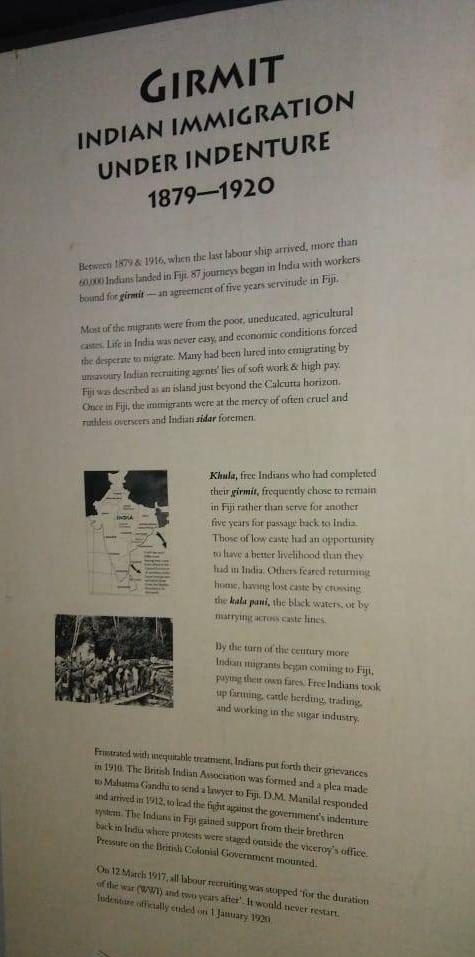
Info about Indian immigration under indenture in the 19th and 20th century
I ache to go to a beach in the island nation and, unfortunately, Suva doesn’t promise a lot of it. You can see the ocean of course, but are still robbed of the beach feel as long as you remain in Suva, A friend drives me to a road overlooking the ocean and says “this is about the closest you can get to the ocean while in Suva”. I stop and get a picture clicked–to get my very own classic Suva picture.
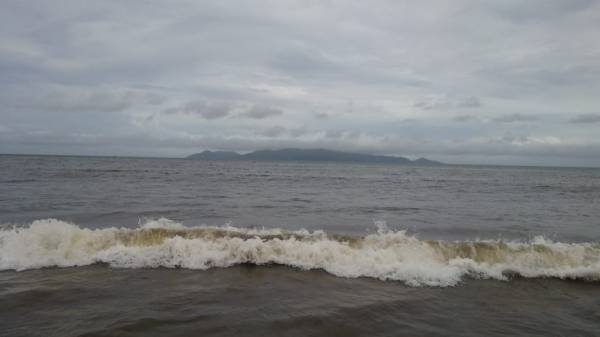
Watching another island at a distance as I stand on the soil at the Pacific Harbor
The next day, I visit the Pacific Harbor to really come closer to the ocean. I spend an entire day there, battling the intermittent rain showers, determined to sit by the ocean and listen to the waves more closely. The Pacific ocean is surprisingly calm here, and I feel a strange sense of ease and unease. I am carrying my novel and find a sweet spot to sit and read a few more pages of The Forest of Enchantments. In a large sense, the novel’s story is about being entrapped–a feeling I am sure hundreds and thousands of Indian labourers may have felt as they were transported into this nation. Trying to belong to a place that was never their home. Trying to create that home in a land so far away that it can be impossible to even dream of returning. As the ocean makes its music, I try and imagine what that must have felt like. To not belong and yet find a way to belong in a faraway land. The waves whisper a few answers, I listen with all I can.


